Peaceful protests in Budapest on Soviet crackdown anniversary
 Peaceful anti-government protests in Budapest on Saturday marked the 50th anniversary of the day Soviet tanks crushed the Hungarian uprising.
Peaceful anti-government protests in Budapest on Saturday marked the 50th anniversary of the day Soviet tanks crushed the Hungarian uprising.
Although there had been fears that riots could again grip the capital after street clashes on October 23, the anniversary of the outbreak of the uprising, protests were free of violence as of late afternoon on Saturday.
By far the largest demonstration was a march organised by the main opposition right-wing Fidesz party, which has been calling on Socialist Prime Minister Ferenc Gyurcsany to resign since mid-September, when a leaked tape showed he had lied about the economy to win re-election in April.
Fidesz leader Viktor Orban was among an estimated 20,000 marching with torches behind a banner of "The truth liberates you, 1956-2006," in a pointed reference to Gyurcsany.
A far-right demonstration took place on Liberty Square, near a Soviet World War II monument. Hundreds showed up to protest against the government and for the removal of the monument.
Gyurcsany was among hundreds who placed a flower at a recently inaugurated monument to the uprising near Heroes' Square in downtown Budapest, in a quiet tribute on this day of mourning.
Riot police were out in force after the intelligence service said this week that far-right radicals could again try to hijack peaceful protests by inciting violence.
On October 23 police had used rubber bullets, tear gas and water cannon against thousands of violent mostly far-right protestors who even tried to drive a tank into a row of riot police.
Fidesz said its march on Saturday was for the "victims of the brutal police attack" of October 23, alleging excessive force was used against demonstrators.
The government this week launched a probe into the police response, which saw 167 people injured, according to the government.
The Fidesz march started at the House of Terror, a former headquarters of the communist secret police which has been converted into a museum, to Astoria Square in another part of downtown.
The symbolic location for the start of the march highlighted efforts by Orban to compare the current democratically-elected government to communist oppressors, an analogy widely dismissed by historians.
Gyurcsany's Socialists are the successors to the Communist Party, but they have undergone a generational change over the past 17 years and have embraced parliamentary democracy.
Orban has sought to oust Gyurcsany through street protests, some of which turned violent, since the leak of the compromising recording in mid-September.
While Fidesz has claimed the protests have been a spontaneous reaction against the government, Gyurcsany has blamed Orban for inciting them with inflammatory rhetoric and by failing to condemn far-right radicals bent on causing violence.
The Hungarian uprising broke out on October 23, 1956 and was bloody crushed by Soviet tanks on November 4, sealing the country's fate as a satellite-state of Moscow until the fall of the Iron Curtain in 1989.
The brutal suppression of the two-week rebellion resulted in the deaths of some 2,800 Hungarians. A further 12,000 were wounded and 200,000 fled to the West.

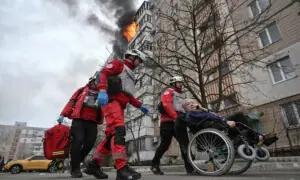

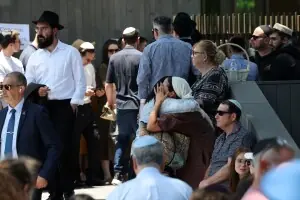
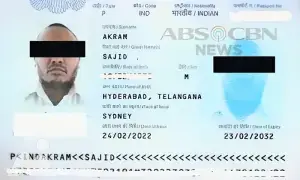
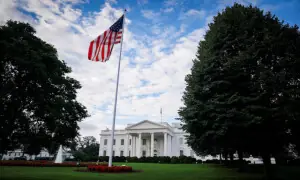


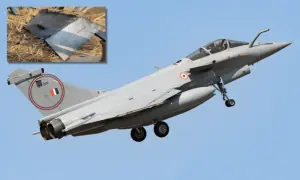
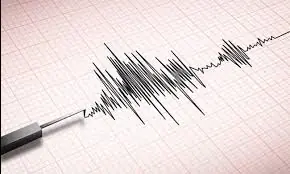

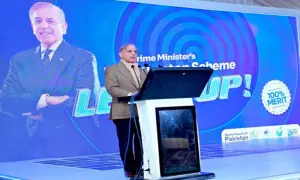
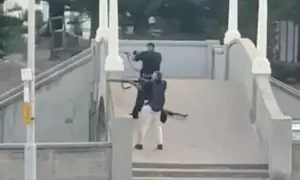
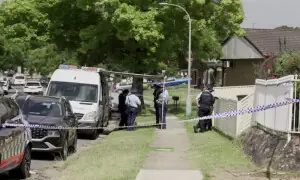
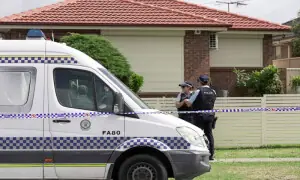

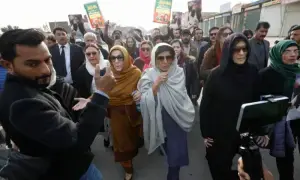
Comments are closed on this story.